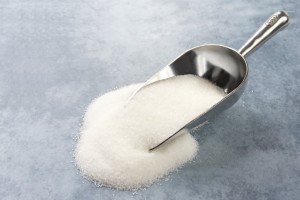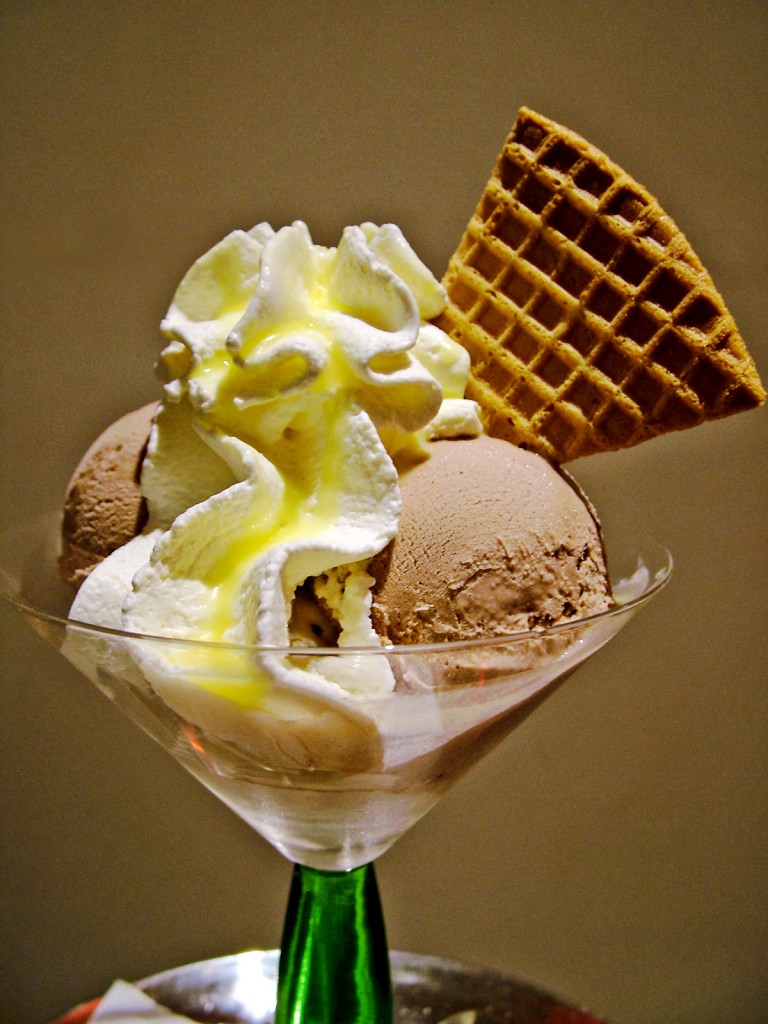This week I Learned #3

Been a pretty busy week here at LS but that hasn’t stopped me accumulating a veritable smorgasbord of useless (read: highly informative) information. Here it is pared down, collated and presented with some newly-acquired WordPress skills which you probably won’t notice. Enjoy!
Booze is a remedy for methanol poisoning.
You’ve probably heard of the term ‘blind drunk.’ This comes from people literally losing their eyesight due to drinking too much. This is a risk particularly if you have been drinking methanol, something we never recommend you do. Ever. Ingesting as little as 10ml causes the methanol to break down into formic acid which destroys the optic nerve.
Help is at hand, however in the shape of good old trusty booze. Ethanol is a competitive inhibitor of alcohol dehydrogenase activity on methanol. What that means ultimately is that the methanol is excreted by the kidneys instead of breaking down into poisonous stuff. Another reason to drink alcohol. Great.
An exception to the United States Flag Code was made for the U.S. flags left on the moon by the Apollo astronauts.
 The US has a whole litany of code of conduct pertaining to the start and stripes, believe it or not. These pertain to displaying the flag indoors and outdoors, parading and saluting the flag, how it should look during ceremonies of mourning and during the recitation of the pledge of allegiance. One of the codes of respect is that the flag should always be allowed to fall freely, but the was and exception to this made for the flags placed on the moon during the Apolla landings. You know, because of the no atmosphere thing. While we’re on the topic on American flags in the moon, incidentally they have all been bleached white due to the suns radiation.
The US has a whole litany of code of conduct pertaining to the start and stripes, believe it or not. These pertain to displaying the flag indoors and outdoors, parading and saluting the flag, how it should look during ceremonies of mourning and during the recitation of the pledge of allegiance. One of the codes of respect is that the flag should always be allowed to fall freely, but the was and exception to this made for the flags placed on the moon during the Apolla landings. You know, because of the no atmosphere thing. While we’re on the topic on American flags in the moon, incidentally they have all been bleached white due to the suns radiation.
You may be able to heal wounds with sugar.
 I was a bit wary of this one the first time I read it because on was connected to Britains finest rag, The Daily Mail. However, I have done some further reading and there may be some veracity to the claim. The story goes that a senior lecturer at University of Wolverhampton’s School of Health, Moses Murandu who grew up in Zimbabwe used sugar to expediate the healing of an amputees leg. This novel treatment has gone on to be tested in other areas such as bed sores and lesions. As commenter Mirosan states:
I was a bit wary of this one the first time I read it because on was connected to Britains finest rag, The Daily Mail. However, I have done some further reading and there may be some veracity to the claim. The story goes that a senior lecturer at University of Wolverhampton’s School of Health, Moses Murandu who grew up in Zimbabwe used sugar to expediate the healing of an amputees leg. This novel treatment has gone on to be tested in other areas such as bed sores and lesions. As commenter Mirosan states:
“When sugar is applied to a wound it will normally dissolve within four hours, creating a highly concentrated environment on the wound surface. Body fluids are attracted to the wound surface to equalise the high concentration gradient (osmosis), increasing the volume of exudate produced. This appears to cleanse/irrigate the wound and to liquefy devitalised dead tissue. The dead tissue is removed each time the wound is re-dressed, promoting the generation of new tissue.”
Thats the claim anyway. And he said it better than I ever could.
Read more at Medical News Today
Hydraulic Fracking is Making Ice-Cream More Expensive!
 Hydraulic Fracturing or ‘hydrofracking’ has been in the news quite a lot lately. Its the process of using high-pressure water to fracture beds of shale under the ground, thereby releasing the vast quantities of gas contained within. It has mostly been in the news for the detrimental effect it has on local groundwater and even for causing earthquakes. However, it may have gone just one step too far – It’s been steadily hiking up the prices of ice-cream and its all thanks to the use of guar gum.
Hydraulic Fracturing or ‘hydrofracking’ has been in the news quite a lot lately. Its the process of using high-pressure water to fracture beds of shale under the ground, thereby releasing the vast quantities of gas contained within. It has mostly been in the news for the detrimental effect it has on local groundwater and even for causing earthquakes. However, it may have gone just one step too far – It’s been steadily hiking up the prices of ice-cream and its all thanks to the use of guar gum.
You may have seen “guar gum” as an additive on the list of ingredients of a various foods both sweet and savoury. Powder from the guar bean has been used as a thickening agent in confectionery for years – its what makes ice-cream extra creamy. Frackers have been using this self-same ingredient to increase the viscosity of the water the pump under ground – highly viscous water fractures the stone more effectively. The gum also carries the grains of sand included as ‘proppants’further into the fractures, preventing them from closing when pressure is released.
Fracking was bad enough when it was just poisoning the water…
You can go the rest of your life without breathing.
We have a whole range of scientific opportunities for you here at Life Science. Check out whats hot right now.
About the author: Conor Hughes works as a Marketing Executive at Life Science Recruitment

